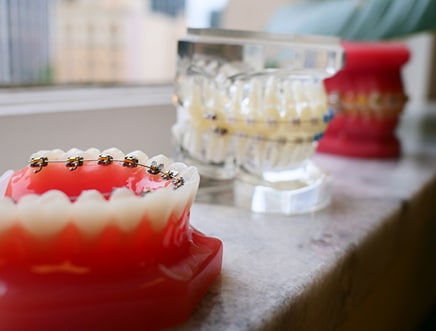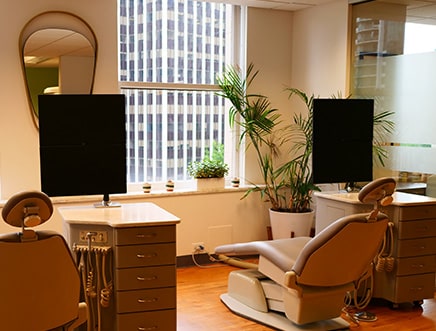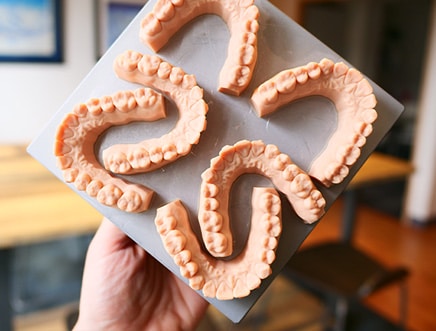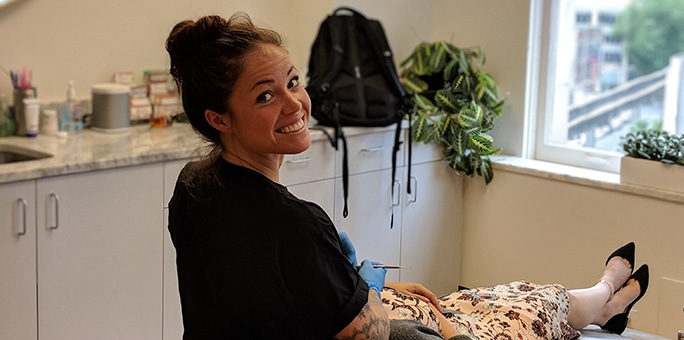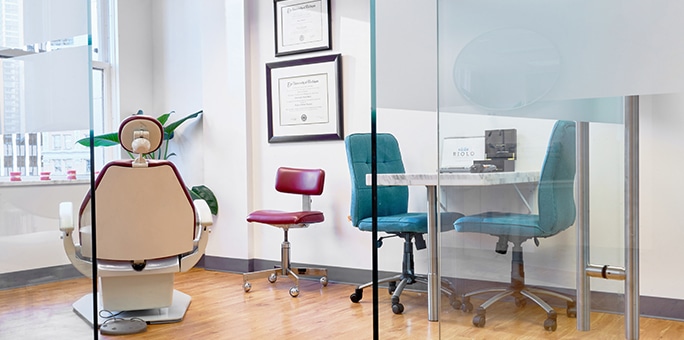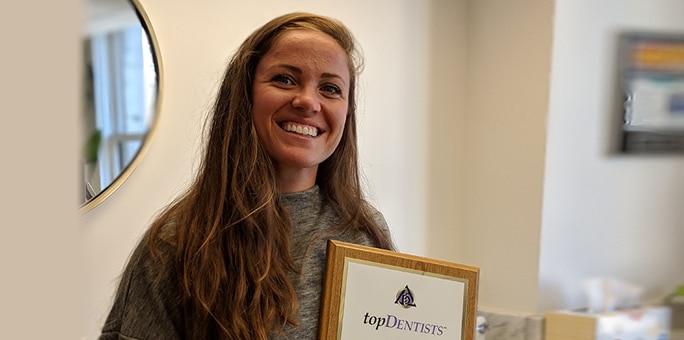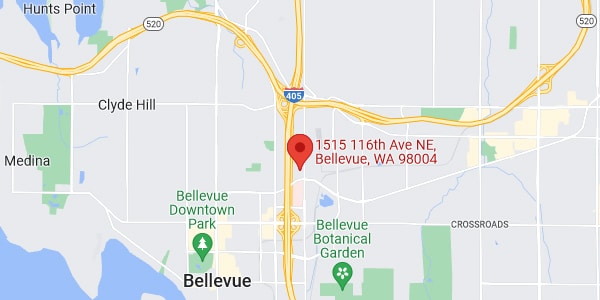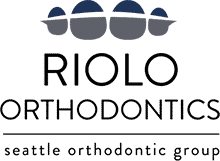Session 1
Are you still in the stone age? Get digital with 3D printing
The introduction of intraoral scanning in the orthodontic clinic has resulted in an
inevitable transition from analog to digital orthodontic workflow. This transition to digital
orthodontics offers opportunities to add value to the care we offer our patients. In this
lecture I will present a review of technology and digital workflow for the plasterless
orthodontic office including; 3D printing technology, STL editing applications associated
with 3D printing as well as the workflow and equipment required to transition specific
tasks in the orthodontic office from an analog workflow. These tasks include orthodontic
appliance fabrication using printed models such as thermoform retainers, fabrication of
“Soldered” appliances, indirect bonding techniques using digital models and
interdisciplinary treatment planning using mounted digital setups. We will conclude the
session with an introduction to the workflow associated with the fabrication of in-house
custom appliances and a glimpse of one possible future for the orthodontic office.
Session 2
Take control of your workflow with in-house aligners
Innovations in technology are disrupting the orthodontic profession. These changes
affect both clinical care and the economics of care delivery. Digital technology has
made custom orthodontic appliances like Clear Aligners possible and the disruption of
the orthodontic marketplace we are experiencing due to the “direct to patient care”
model is a direct result of the advent of these custom orthodontic appliances. This
same digital technology that makes the corporate direct to patient care model possible
offers orthodontists opportunities to improve the care we offer our patients by taking
control of our workflow through 3D printing and “in-house” fabrication of clear aligners.
There are a myriad of decisions to be made when fabricating and delivering in-house
aligners to our patients. In this session we will discuss the strengths and weaknesses of
various aligner staging platforms. We will also introduce the important factors in aligner
fabrication and integration into your practice, including cost, staging parameters,
labeling, packaging and branding of your “in-house” aligners.


